- Foundation
- Actions
- Osteoarthritis
- Actuality
- OAFI Radio/TV
- Get Involved
- Contact
-
-
-
OAFI
Osteoarthritis International FoundationC/ Tuset, 19 · 3º 2ª
08006 Barcelona
(+34) 931 594 015
info@oafifoundation.comSchedule:
Monday-Thursday 9AM-6PM
Friday 8AM-3PM
-
-
-

-

-

BIOMATERIALS PRODUCED TO REGENERATE BONE AND CARTILAGE FROM APPLE WASTE
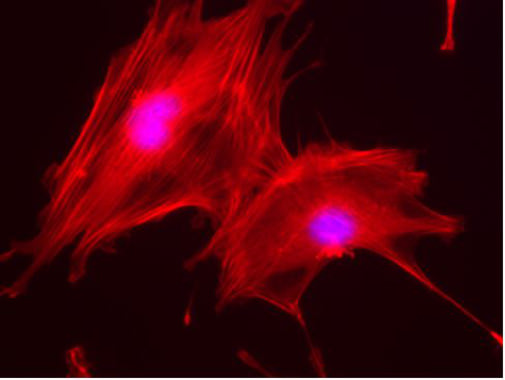
These materials serve as a 3D matrix for bone-cartilage regeneration in diseases such as osteoporosis, arthritis and osteoarthritis
A team of researchers from the Centre for Biomedical Technology at Universidad Politécnica de Madrid (CTB-UPM), in collaboration with the Instituto de Ciencia de Materiales (ICMM-CSIC) in Madrid and the Institute of Catalysis and Petrochemistry (ICP-CSIC) of the Spanish Council for Scientific Research (CSIC), has managed to produce materials compatible with living tissues from waste from the agri-food industry, specifically apple pomace from the production of apple juice.
These materials can serve as 3D matrices for bone-cartilage regeneration, of great use in many applications of regenerative medicine in diseases such as osteoporosis, arthritis or osteoarthritis, all of which have a great economic impact due to the increasing average age of the population.
Abundant and low cost raw material
Products with similar applicationso are already available on the market, but the price can exceed 100 euros per gram of material. On the other hand, the use of apple waste to obtain the biomaterial means that the final price of the biomaterial is less than 100 euros per ton.
Apples are an abundant raw material. In 2015, 70 million tons were produced worldwide, one million of which were produced in Spain. The researchers have taken advantage of the apple pomace, which contains between 20% and 30% of the dry weight of the apple, which is normally used as animal feed.
3D matrix
The final waste is modified with physical and chemical treatments to design biomaterials with appropriate structures, textures and compositions capable of promoting the growth of different cell types. The study, published in the Journal of Cleaner Production, demonstrates that these 3D matrices allow the growth of osteoblasts (bone cells) and chondrocytes (cartilage cells) and opens the door to the use of these new materials in various applications of regenerative medicine in broad spectrum diseases such as osteoporosis, arthritis or osteoarthritis.
More information about this study on the website of the Universitad Politècnica de Madrid
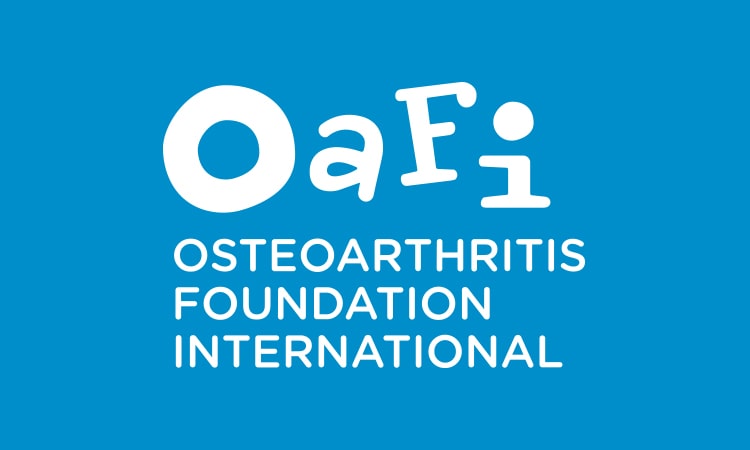



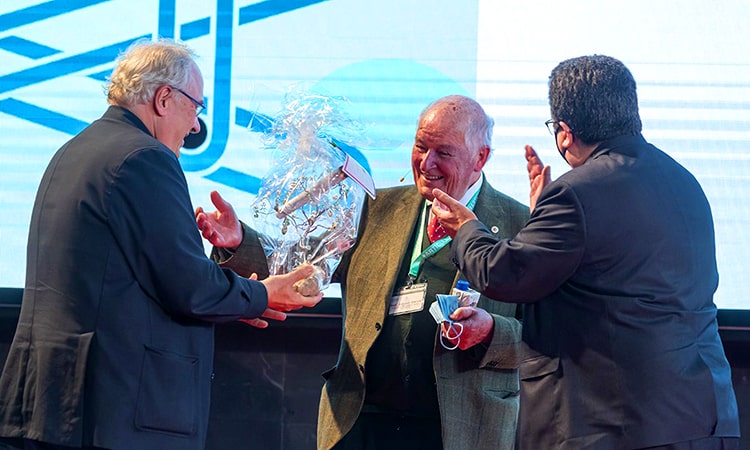
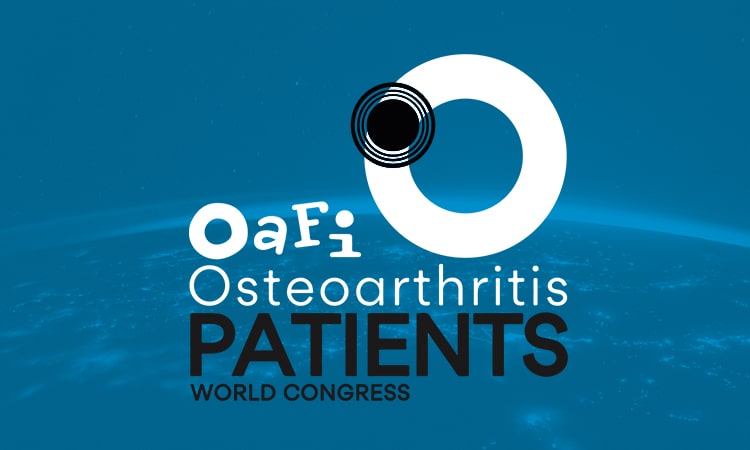
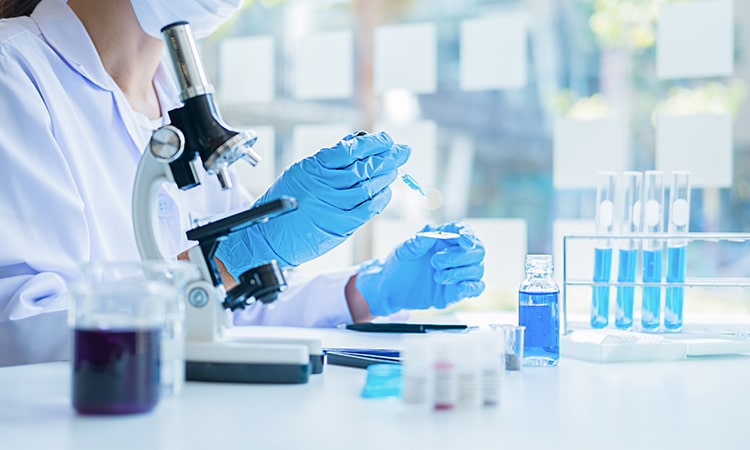






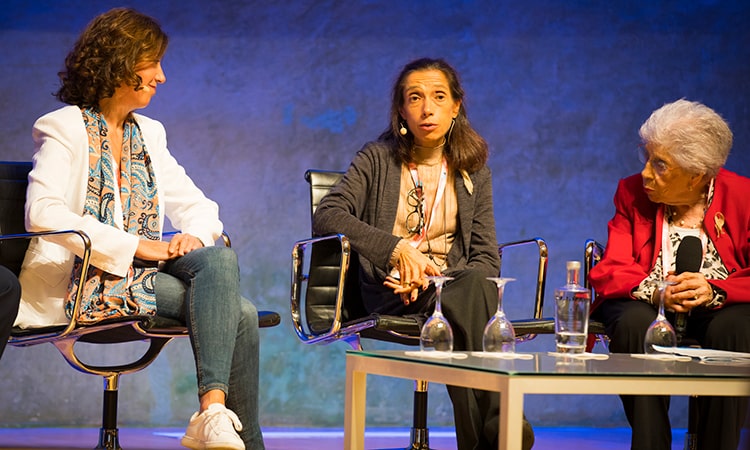

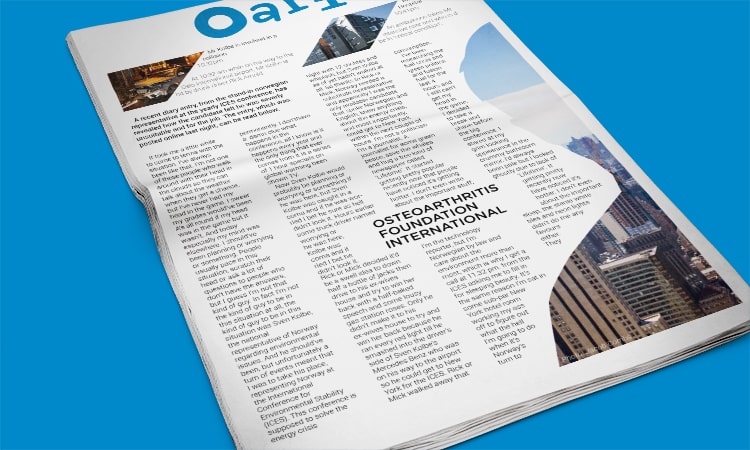


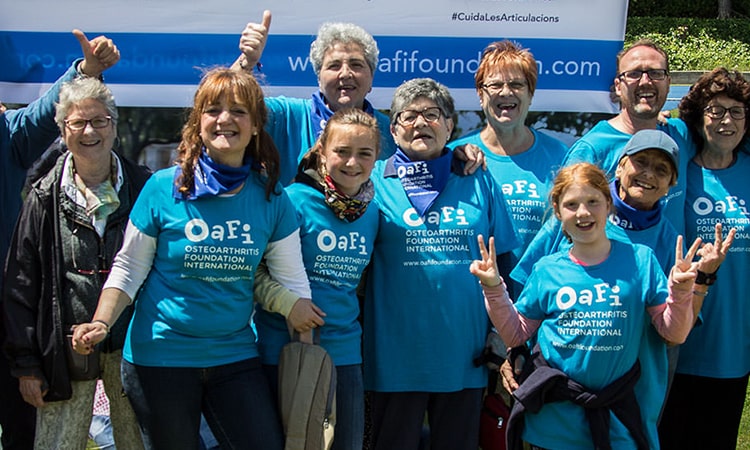

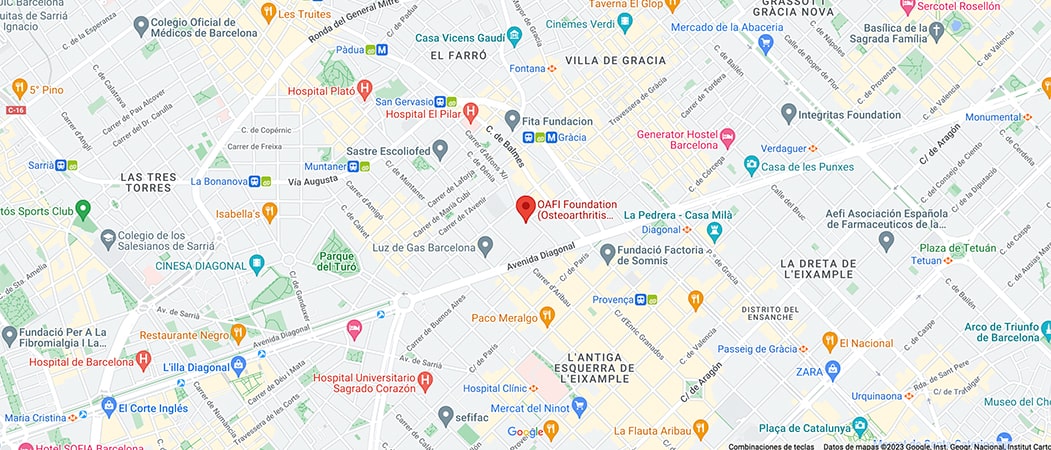

Leave a Reply